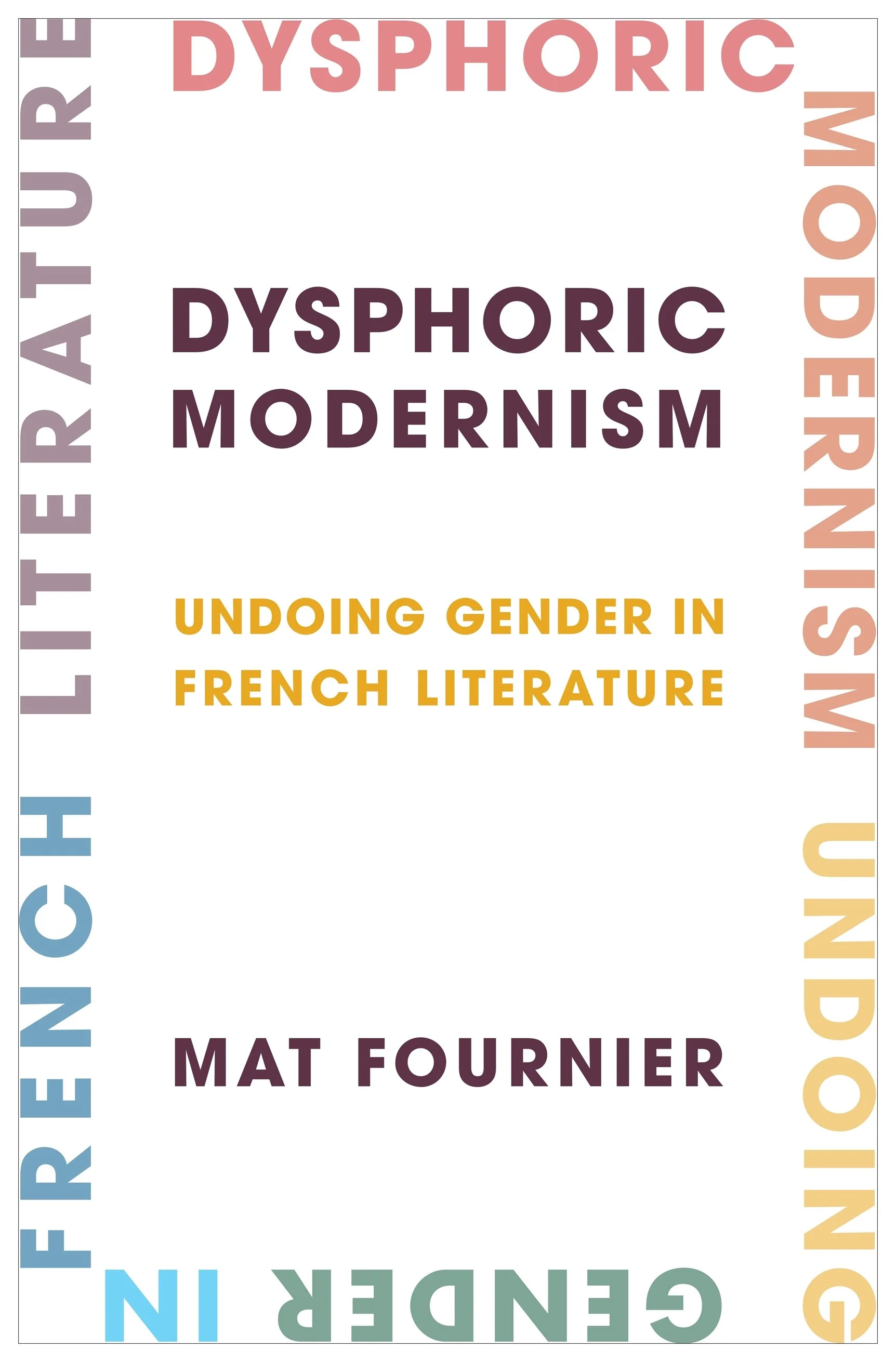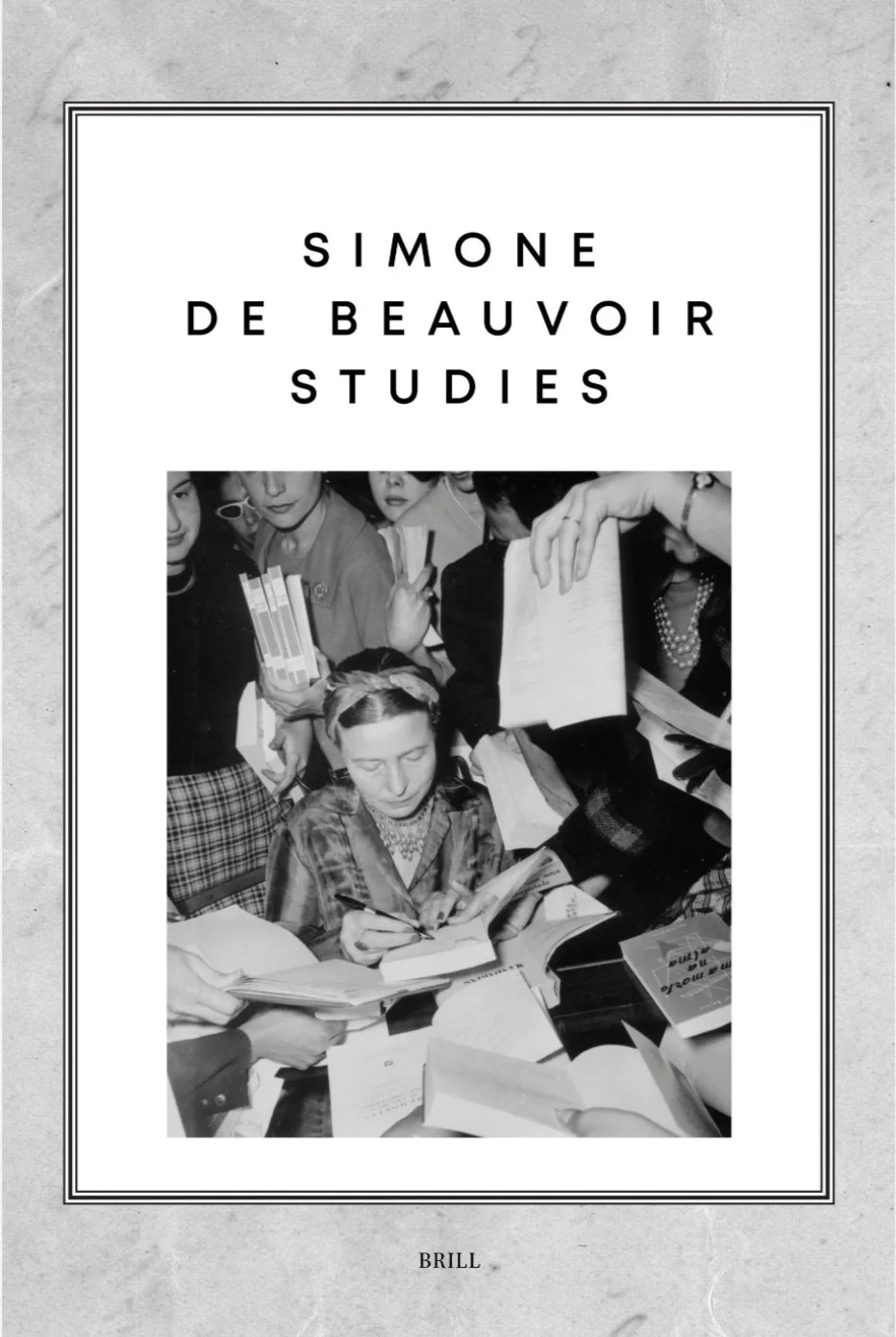
Dysphoric Modernism: Undoing Gender in French Literature
Columbia University Press, 2025
During the interwar years, modernist literature challenged norms around sex and sexuality through daring portrayals of queerness. The same moment, however, witnessed the crystallization of the Western gender binary and its stark lines of division between male and female. Bringing together trans theory with French literary studies, Mat Fournier offers a new understanding of how the gender binary emerged in the modernist era. Examining the complex entanglements of gender and sexuality with the colonial project, Fournier argues that modernist writers’ representations of sexual dissidence came at the cost of their enforcement of racial and gendered discrimination. Dysphoric Modernism tracks the dysphoria inherent to modern gender and demonstrates the significance of the concept of dysphoria for a number of fields.
RECENT PUBLICATIONS
Red Sun
in TSQNow, The Transecology Issue
This essay relies on autotheory and recent events, namely my own attempts at small farming and the 2023 megafires, to map the contours of a transecology. The Western definition of nature, with its rigid sets of discrimination, sustains the capitalist biopower keeping living bodies under control. Trans bodies, deemed unnatural, allow for a conceptualization of organisms and ecosystems beyond the nature/culture divide.
Trans Auntologies
in Simone de Beauvoir Studies, Vol. 32, 2
This article reads The Second Sex from the perspective of transmasculinity, using gender dysphoria as a critical approach. Following the threads of an intergenerational history of feminist and queer thinkers, the author is led to examine the particular position of trans men regarding feminism. How does one acknowledge that the category of woman is rooted in oppression without failing to support those who align with it?
Dysphoric Assemblage
in Deleuze, Guattari, and the Schizoanalysis of Trans Studies
Relying on the conceptual tools created by Deleuze and Guattari, this article describes gender as an assemblage: an heterogeneous and contingent formation which enables to think together its organic and inorganic, individual and collective, dimensions. The gender assemblage, I argue, is characterized, yet constantly undermined, by its most undiscussed trait: dysphoria.



